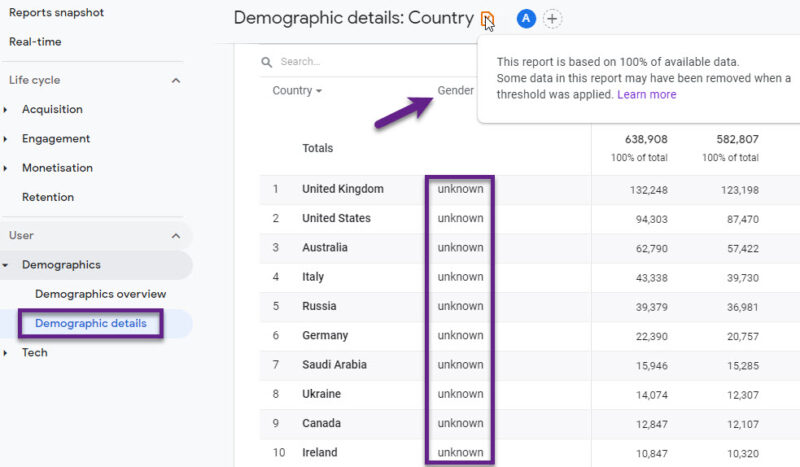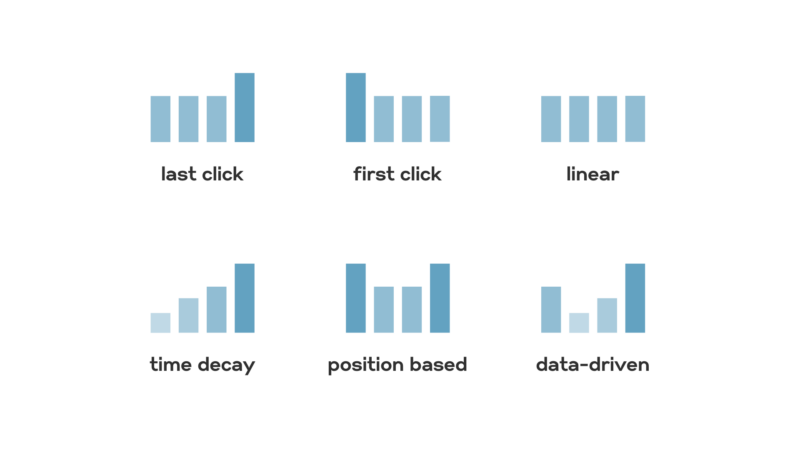Machine Learning (ML) refers to the branch of artificial intelligence (AI) that enables computers to learn from data and make decisions or predictions without explicit programming.
ML is becoming increasingly relevant as it offers sophisticated tools for processing and interpreting vast amounts of information.
The integration of AI and ML technologies into data analysis processes represents a significant advancement, enabling more efficient, accurate, and insightful analyses.
Let us see how it will affect the data analysis in the future.
Advantages of Machine Learning in Data Analysis
Machine Learning offers several key advantages in data analysis that are transforming the field.
Processing Vast Amounts of Data
One of the most significant benefits of ML is its ability to handle large datasets.
Traditional analysis methods often struggle with the sheer volume of data generated today. ML algorithms, however, are designed to efficiently process and analyze different forms of data:
- Structured
- Unstructured
Making sense of massive sets that would be unmanageable by human analysts alone. This capability allows for more comprehensive and detailed insights into complex datasets.
Discovery of Complex Patterns and Relationships
ML excels at detecting hidden trends, patterns, and correlations within data.
Unlike traditional methods that may require predefined rules or assumptions, ML can uncover intricate relationships without prior knowledge.
This ability is crucial for identifying causal relationships that might not be evident through conventional analysis, leading to deeper understanding and more accurate conclusions.
Automation of Analysis Tasks
Automation is another significant advantage of ML in analysis.
By reducing the need for manual effort, ML algorithms enhance the speed and accuracy of processing. This automation extends to various stages of analysis, including:
- Data cleaning
- Feature selection
- Model training
Automated Data Cleaning and Preprocessing
One of the most time-consuming aspects of analysis is the cleaning and preprocessing.
Raw info often contains errors, missing values, and inconsistencies that must be addressed before meaningful analysis can occur.
ML algorithms can automate these tasks by identifying and correcting errors, imputing missing values, and normalizing formats.
Efficient Feature Selection and Engineering
Feature selection and engineering are crucial steps in building effective ML models.
Traditionally, these tasks require deep domain knowledge and significant manual effort to identify the most relevant variables that influence the outcome.
ML techniques, such as recursive feature elimination and automated feature engineering tools, can automate these processes.
Precise Predictions and Recommendations
ML enables predictive analytics, which is vital for forecasting trends and making informed decisions.
ML models can generate accurate predictions about future events, helping businesses optimize their operations and personalize their offerings.
These predictions and recommendations can drive strategic planning and improve overall business performance.
Continuous Improvement through Machine Learning
One of the unique strengths of ML is its ability to continuously learn and adapt. ML models can be retrained with new data, ensuring that analyses remain relevant and accurate over time.
Its flexibility and adaptability are essential in a rapidly changing data landscape, allowing organizations to stay ahead by constantly refining their analytical models.
Emerging Tools and Technologies in Data Analysis
The field of data analysis is rapidly evolving with the introduction of new tools and technologies driven by ML.
Natural Language Processing (NLP)
NLP is a critical tool in extracting valuable insights from unstructured info such as text. NLP applications can analyze vast amounts of textual info to uncover patterns, trends, and sentiment.
Here are some of the most important things you need to know:
| Application | Description |
|---|---|
| Extracting Insights from Unstructured Data | NLP analyzes text to uncover patterns, trends, and sentiment. |
| Text Mining and Information Retrieval | NLP breaks down text and retrieves relevant information. |
| Sentiment Analysis | NLP determines text sentiment for gauging public perception. |
| Customer Feedback Analysis | NLP analyzes comments and reviews to identify themes and sentiments. |
| Topic Modeling and Trend Analysis | NLP identifies main topics in large text collections for monitoring trends and emerging issues. |
Predictive and Prescriptive Analytics
ML is pivotal in advancing predictive and prescriptive analytics.
Predictive analytics focuses on forecasting future trends based on historical data, while prescriptive analytics goes a step further by recommending actions to achieve desired outcomes.
These advanced analytics techniques enable businesses to make proactive and informed decisions, enhancing strategic planning and operational efficiency.
Real-time Analytics
The demand for immediate data processing has led to the development of real-time analytics.
ML technologies enable the instantaneous analysis of incoming info, providing up-to-the-minute insights that are crucial for time-sensitive decisions.
Real-time analytics is increasingly important in areas such as financial trading, cybersecurity, and customer service, where timely information can significantly impact outcomes.
Cloud Computing
Cloud computing offers a scalable infrastructure for storage and processing, making it easier to handle large datasets and complex ML models.
Scalable Infrastructure
One of the primary benefits of cloud computing is its scalability. Organizations can easily scale their data storage and processing capabilities up or down based on their needs.
As volumes grow, the cloud can accommodate this growth seamlessly, providing the necessary resources without interruption.
Efficient Data Management
Cloud platforms provide comprehensive tools for efficient management.
With cloud computing, organizations can centralize their info storage, ensuring that all data is easily accessible and manageable from a single location.
Furthermore, cloud services often include automated backup and recovery solutions, enhancing security and reliability.
Data Storytelling
Effective communication of data insights is facilitated through storytelling, which combines narratives and visuals to convey complex information understandably.
ML tools enhance storytelling by automating the creation of visualizations and generating narrative insights, making it easier for stakeholders to grasp the significance of analytical findings.
Blockchain Technology
Blockchain technology ensures data security and integrity by providing a decentralized and tamper-proof ledger.
In data analysis, blockchain can be used to verify authenticity and accuracy, enhancing trust and reliability.
Limitations and Challenges
Despite its advantages, ML in data analysis also faces several limitations and challenges.
Errors and Lack of Contextual Understanding
ML models can sometimes produce errors due to incorrect data inputs or flawed algorithms.
While ML is excellent at identifying patterns, it often lacks the contextual understanding that human analysts possess.
This is a limitation that can lead to misinterpretations or oversights that could impact the accuracy and reliability of the analysis.
Human Expertise and Judgment
Human expertise and judgment remain irreplaceable in analysis. While ML can automate many tasks, strategic planning and complex decision-making still require human intuition and experience.
Human analysts are essential for interpreting results, understanding the broader context, and making nuanced decisions that machines cannot replicate.
Ethical and Privacy Concerns
The use of ML in data analysis raises significant ethical and privacy concerns.
Ensuring that AI models are fair and unbiased is a major challenge, as biased info can lead to discriminatory outcomes.
Moreover, compliance with data protection regulations, such as GDPR, is crucial to protect individuals’ privacy. Organizations must navigate these ethical and legal considerations carefully to maintain trust and integrity.
Related Posts:
- will there be a future post-facebook?
- How Can Data Analysis Improve Your Marketing Strategy?
- How Data Interpretation Tools Helped Us Increase…
- 7 Common Pitfalls in Data Interpretation and How to…
- Everything You Need To Know About Data Sampling in GA4
- How to Improve User Engagement with Retention Analysis?




